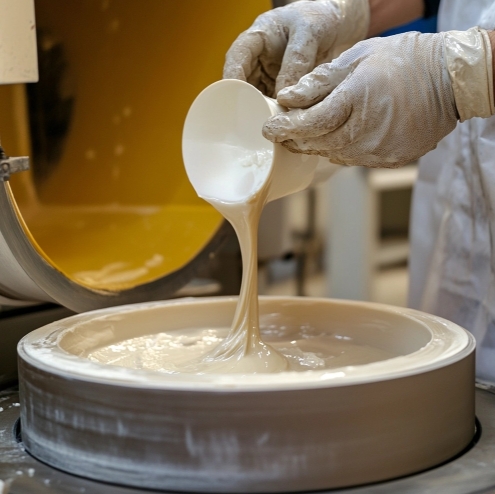Rotational moulding, also known as rotomolding, is a versatile manufacturing process used to create hollow plastic products. This method involves heating plastic resin in a mould, which is then rotated along two perpendicular axes. The even distribution of the material results in a uniform wall thickness and high structural integrity. Rotational moulding is ideal for producing large, complex shapes that are difficult to achieve with other methods. Industries ranging from automotive to furniture benefit from this process. A reputable rotomolding company can offer customized solutions to meet specific needs. Understanding the steps involved can help buyers make informed decisions.
The first step in rotational moulding is the preparation of the mould. Moulds are typically made from aluminum or steel, depending on the complexity and size of the product. The mould is cleaned thoroughly to remove any contaminants that could affect the final product. A release agent is then applied to the interior surfaces to ensure easy removal of the finished item. The mould is assembled and securely fastened to prevent any leaks during the process. Proper mould preparation is crucial for achieving high-quality results. Buyers should ensure that their rotational mould factory follows stringent preparation protocols.
Once the mould is prepared, the next step is to load the plastic resin. The type of resin used can vary based on the desired properties of the final product. Common materials include polyethylene, polypropylene, and PVC. The resin is measured accurately to ensure consistent wall thickness and structural integrity. It is then placed into the mould, which is sealed tightly. The quality of the resin and the precision of the loading process are critical factors that influence the final product. A reliable rotomolding factory will use high-quality materials and precise measurement techniques.

The sealed mould is then moved into an oven where it is heated to a specific temperature. As the mould heats up, it is rotated along two perpendicular axes. This rotation ensures that the molten resin coats the interior surfaces of the mould evenly. The heating and rotating process is carefully controlled to achieve the desired wall thickness and structural properties. The duration and temperature settings are adjusted based on the type of resin and the complexity of the mould. This step is crucial for ensuring the uniformity and durability of the final roto moulded products.
After the heating and rotating process, the mould is moved to a cooling station. Cooling can be achieved through air, water, or a combination of both. The mould continues to rotate during the initial cooling phase to maintain even wall thickness. Gradual cooling is essential to prevent warping or deformation of the product. The cooling process can take several minutes to several hours, depending on the size and complexity of the mould. Proper cooling ensures that the final product retains its shape and structural integrity. Buyers should inquire about the cooling methods used by their rotomolding company.
Once the mould has cooled sufficiently, it is opened, and the finished product is removed. This step, known as demoulding, requires careful handling to avoid damaging the product. The release agent applied during the mould preparation step facilitates easy removal. Any excess material or flash is trimmed off to achieve a clean finish. The product is then inspected for any defects or inconsistencies. High-quality roto molded furniture, for example, should have a smooth surface and uniform wall thickness. A reputable rotational mould factory will have stringent quality control measures in place during the demoulding process.
The final step in the rotational moulding process involves post-processing and quality control. Post-processing may include additional trimming, drilling, or assembly, depending on the product’s requirements. Each item undergoes a thorough inspection to ensure it meets the specified standards. Any defects are identified and corrected before the product is packaged and shipped. Quality control is a critical aspect of the rotational moulding process, ensuring that buyers receive products that meet their expectations. Partnering with a reliable rotomolding factory that prioritizes quality control can significantly impact the success of your projects.